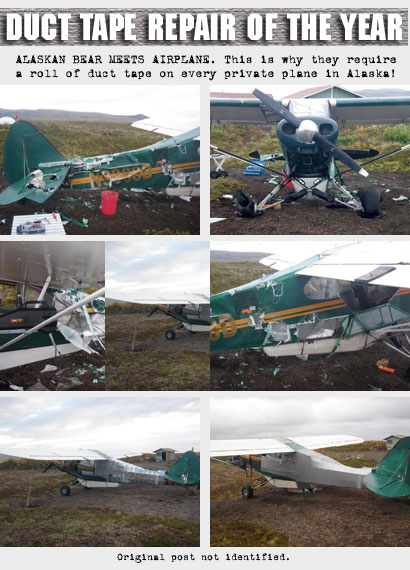flyingcheesehead
Touchdown! Greaser!
Is this legal for a pilot to do? I thought it was, but the best defense I can come up with for it in the FARs is a combination of 43.3(g), 43(A)(6) and 43(A)(12).
In this particular case, the cowling is held on with a bunch of camlocs and eight phillips screws, while the restrictor plate simply slides into a holder that remains installed on the aircraft all year, no tools necessary. 43(A)(6) allows for the removal of the cowling for other purposes at least...
In this particular case, the cowling is held on with a bunch of camlocs and eight phillips screws, while the restrictor plate simply slides into a holder that remains installed on the aircraft all year, no tools necessary. 43(A)(6) allows for the removal of the cowling for other purposes at least...





